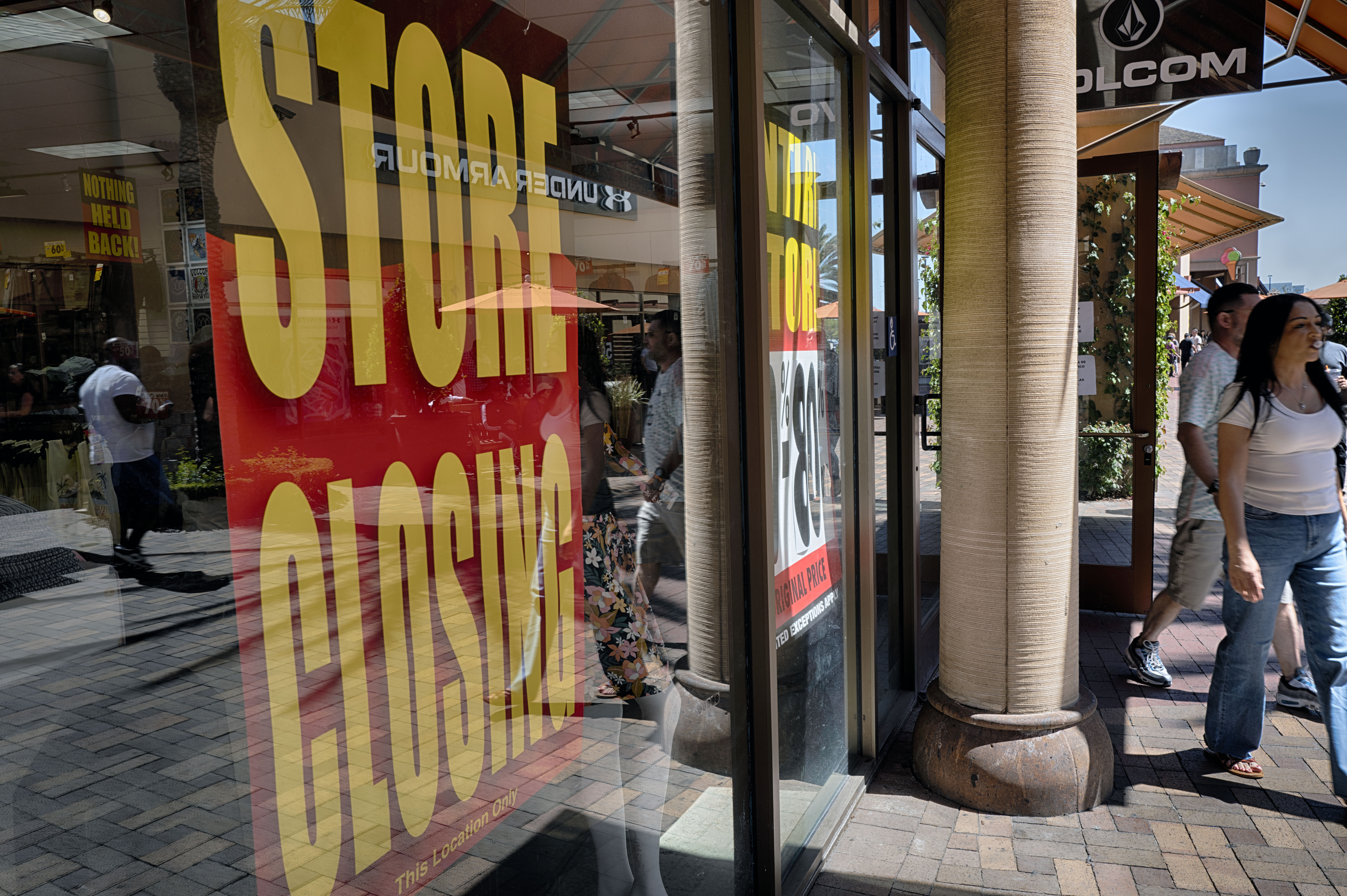Migrants who enter the United States illegally will be screened by asylum officers while in custody under a limited experiment that provides them access to legal counsel, the Department of Homeland Security said Friday.
The new approach will start with a tiny number of migrants next week. Officials said the trial run is part of preparations for the end of a pandemic-related rule expected on May 11 that has suspended rights to seek asylum for many.
If expanded, the new screening could bring major change to how people are processed upon reaching U.S. soil to seek asylum.
Homeland Security officials said they will begin working with a legal services provider they declined to name that will represent asylum-seekers at initial screenings, known as "credible fear hearings." Access to legal representation will be critical to the plan moving ahead, according to the officials, who spoke on condition of anonymity to discuss details that have not been publicly announced.
The screening interviews will be conducted in large U.S. Customs and Border Protection temporary facilities stocked with phone lines that will be used for the hearings, officials said. CBP policy limits detention to 72 hours, which will be the target to complete the screenings.
President Donald Trump introduced expedited screening during CBP custody but his successor, Joe Biden, scrapped it during his first week in office. Biden administration officials say the new attempt differs by ensuring access to legal counsel and requiring that screenings be done by U.S. Citizenship and Immigration Services asylum officers, not Border Patrol agents, as happened under Trump.

Scripps News explores the lives of asylum seekers in Canada
Though policies have changed at the U.S.-Canada border, asylum seekers are still taking the risk and hoping for good outcomes.
Currently, it takes about four weeks to conduct a screening interview and, if someone fails to meet the criteria, another four to five weeks for air transportation back to their countries, officials said. The new approach aims to shorten that time to less than 72 hours, the maximum allowed to hold someone in a CBP facility under agency policy.
"This Administration will continue to look at every tool available to make asylum processing more efficient, while upholding due process and other protections, as Congress refuses to act to fix our decades-old broken immigration system," Homeland Security said in a statement.
The administration has expelled 2.7 million migrants under a rule in effect since March 2020 that denies rights to seek asylum under U.S. and international law on grounds of preventing the spread of COVID-19. Title 42, as the public health rule is known, is scheduled to end May 11 when the U.S. lifts its last COVID-related restrictions.
Homeland Security officials have estimated illegal entries from Mexico could rise to 13,000 a day after Title 42 expires, compared to about 5,500 in February.
Currently, few migrants are screened at the border if they express fear of being returned home and are often released to pursue asylum in backlogged U.S. immigration courts, a process which takes years.The initial screening establishes a relatively low bar, with 77% passing in March, according to U.S. Citizenship and Immigration Services. The final approval rate for asylum is much lower.








